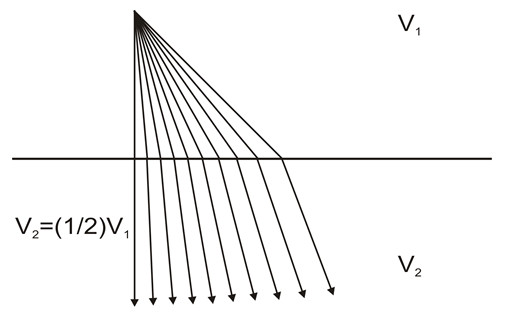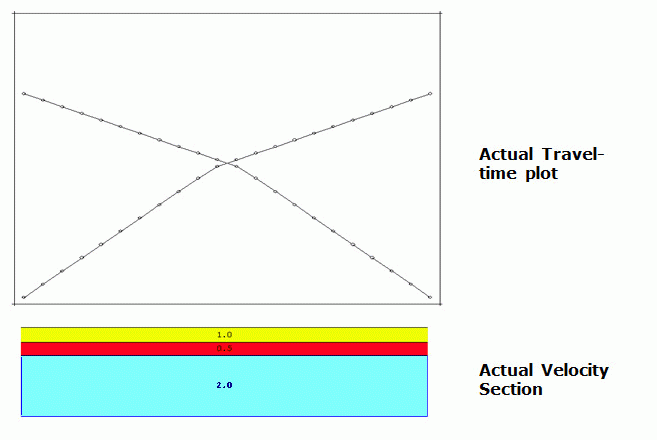A velocity inversion refers to the case when seismic velocity decreases, rather than increases, with depth. When this happens, energy refracts away from the normal:

This means that no information from the refracting interface returns to the surface, hence no information is gained about that interface, even its very existence.
This is demonstrated by the animation below. There are three distinct velocity layers, but Layer 2 is lower in velocity in Layer 1. The result is a travel time curve that indicates the presence two layers -- layers 1 and 3. Layer 2 is not sampled, so there is no evidence of its presence in the record. However, the presence of Layer 2 does impact the travel time plot by moving the crossover distance out farther than it would be otherwise. The result is that not only is Layer 2 not detected, but the depth to Layer 3 is incorrect -- it is calculated to be deeper that it is.

